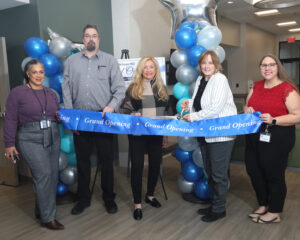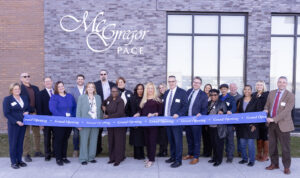Why Do Seniors Experience Chronic Pain?
It’s no surprise that as you age, chronic pain becomes more and more common. In fact, more than half of all seniors complain of chronic pain at some point. And, some experience the pain in multiple locations, making matters even worse.
As seniors progress in age, muscles and joints tend to become more rigid. Calcium deposits can limit the efficiency of joints and muscle movement becomes more fluid. The skin grows thinner and the ability to heal after an injury takes longer. All of these factors contribute to the reason many seniors are dealing with chronic pain.
Common Types of Chronic Pain as You Age
While there are numerous factors that can cause chronic pain in the elderly, there are few that tend to be more prevalent than others.
Some of the most common types of chronic pain include:
- Arthritis and joint pain
- Cancer
- Diabetes
- Cardiovascular disease
- Neurologic disease
- Pain associated with depression
- Pain brought on by a stroke
- Strain injuries (such as carpal tunnel)
Diagnosing and Treating Chronic Pain
Many seniors see pain as a typical sign of aging, and while that may be true, it doesn’t mean it shouldn’t be monitored. It’s important for older adults to be open and honest about chronic pain with doctors and family members. A pain assessment by a medical professional is the only way to diagnose the problem and find relief.
Only by clearly identifying the source of chronic pain can it be properly treated. Pain medication is not always the best course of action for aging adults. There are interactions to be aware of and many seniors cannot tolerate certain drugs. Close monitoring is the most effective solution when it comes to pain management in the elderly. Frequent doctor visits, check-ups and open lines of communication are key indicators in successfully managing pain.
Self-care is another important part of treating chronic pain. Staying as active as possible is important to avoid further issues and in maintaining overall health. It can sometimes seem contradictory for someone in pain, but it’s important to take the focus away from the pain and focus on maintaining health.
Find Help with Pain Management in the Elderly at McGregor PACE
Chronic pain is not something you should have to deal with on your own. Find support and pain management in familiar surroundings with our help. Contact us today or call 216.791.3580 to learn more about our offerings for seniors 55 years of age and older.


